
Bearded reedling
The Bearded Reedling is also known as Bearded Tit. A misleading name since it is neither bearded nor a tit. The males rather have black 'moustaches' than 'beards'. and the name tit derives from Linnaeus , who assigned the bird to the family of tits, Parus. After being moved to the family of parrotbils it has now been assigned to its own family, Panurus.
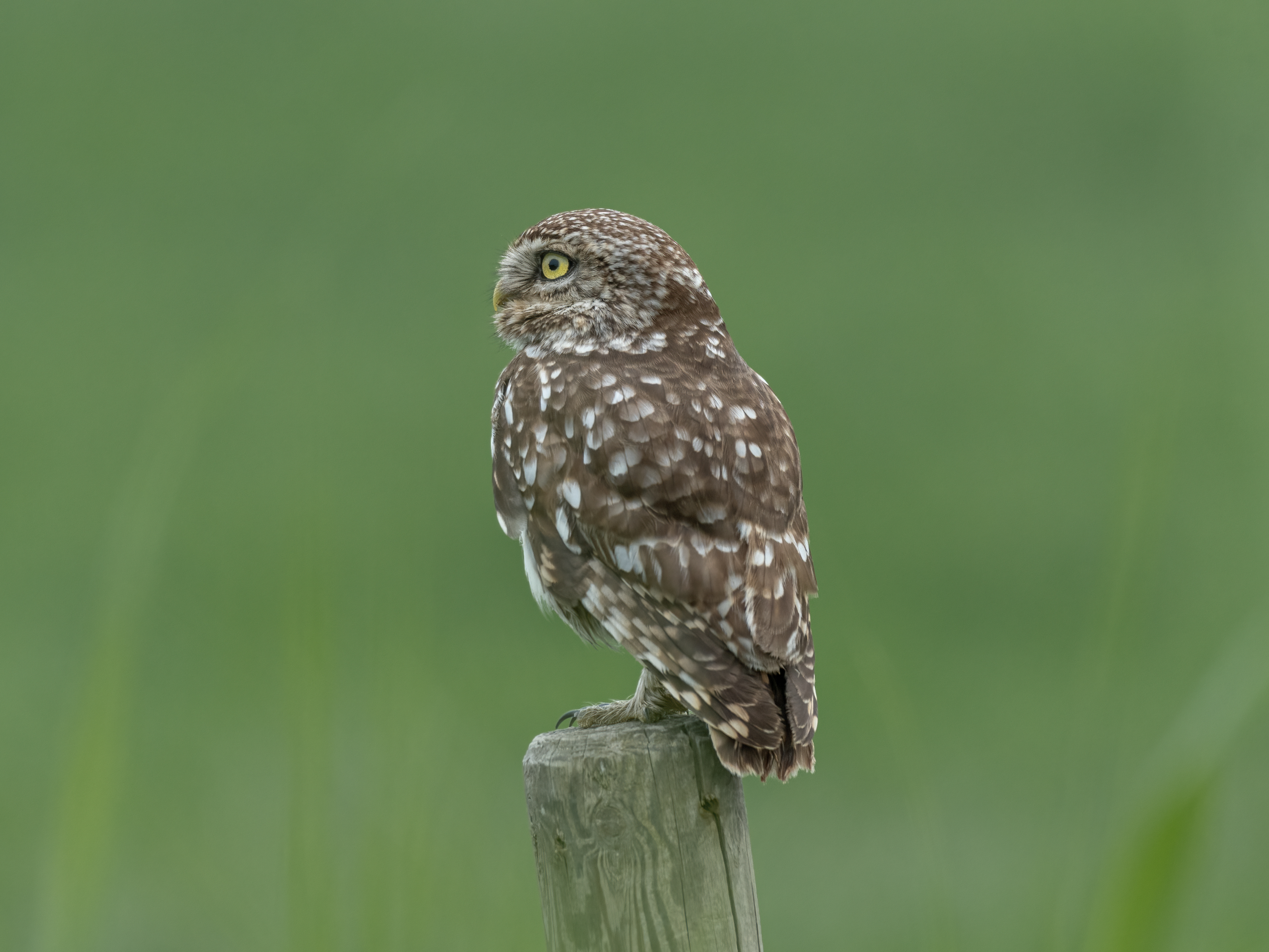
Little Owl
The Little Owl lives up to its name, it is the smallest owl in the Neherlands. They can often be seen during the day perching on a pole or fence post or sunbathing on the top of a roof. When alarmed, the little owl bobs its head up and down.

Black-necked grebe
With its led red eyes and golden eartufts the Black-necked Grebe is a magical beauty in breeding plumage. When the chicks are born they take a ride on the back of their parents. Back riding protects them from underwater predators and keeps them warm. Both parents take turns while the other takes care of feeding.

Common Ringed Plover
The Common Ringed Plover is a shorebird that feeds primarily on invertebrates and crustaceans. Other food items are beetles, flies, ants, insect larvae, aquatic worms, and isopods. They use a ‘foot-trembling’ technique in the water, tapping one foot on the ground rapidly to mimic rainfall and attract prey to the surface. Aside from this distinct prey-catching method, they also have a strong eyesight, that allows them to find prey easier.
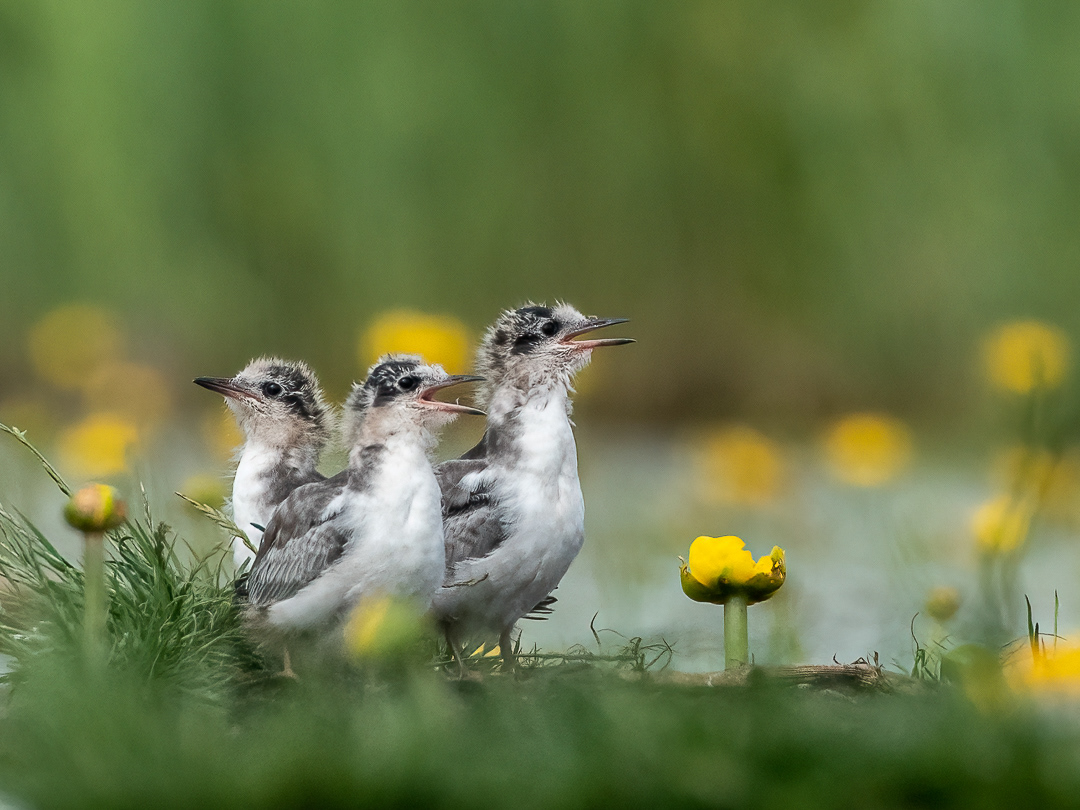
Black tern
Black Terns nest in large freshwater marshes, in small, loose colonies. They build their nests on floating watervegetation, often on water soldiers. The disappearance of it reduced the breeding population in Holland. Thanks to placing artificial nesting rafts we are enjoying the return of the tern.

Pied Flycatcher
Climate warming affects the life-cycles of animal species. The pied flycatcher has been able to adapt itself well. They plan their migrating journey from Africa to Europe in time to be able to feed their young on emerging caterpillars. Due to global warming this period has advanced two weeks earlier over the past three decades.

Long-eared Owl
The distinguishing ear tufts of the Long-eared Owl are not ears at all but just feathers that are used to make it look bigger. The actual ears are asymmetrically positioned beneath the feathers next to their eyes. which allows them to absorb sound both from above and below. The hearing of a Long-eared owl is about ten times better than humans.
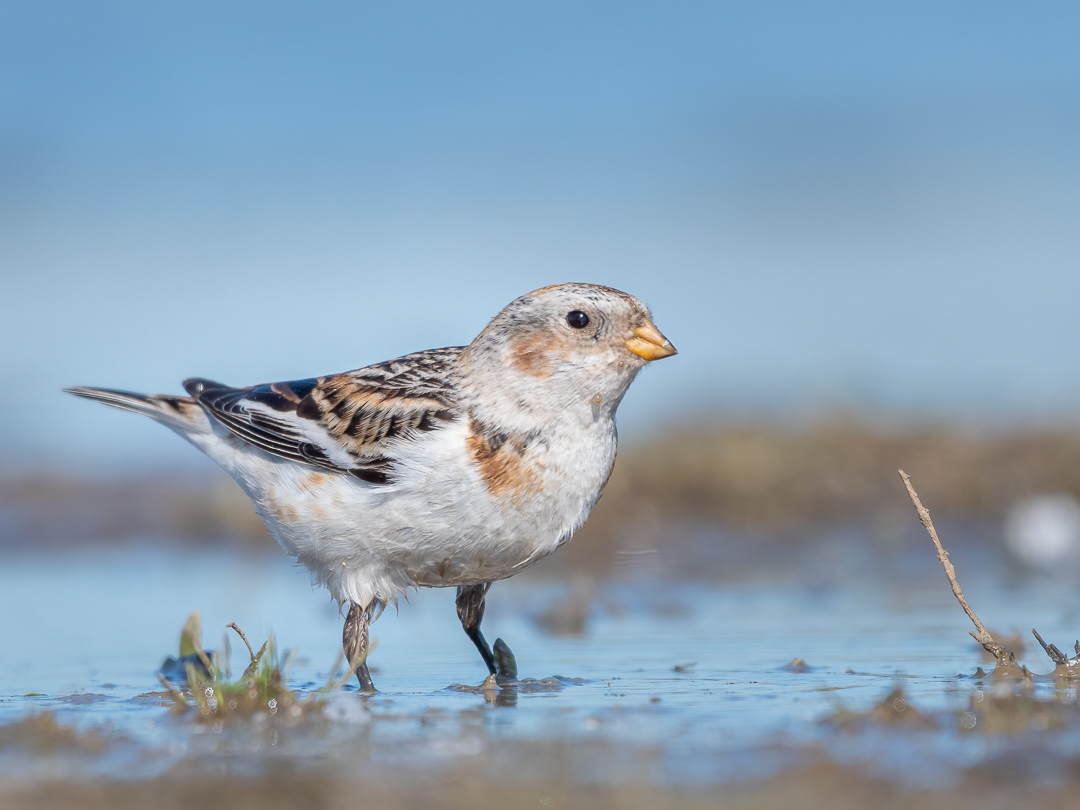
Snow Bunting
Flocks of Snow Buntings may remind you of snowflakes when they are in breeding plumage high up north in the Arctic. No other passerine breeds as far north as the Snow Bunting. In winter they change their white feathers for a beige-brown plumage and migrate southwards, sometimes as far as the Netherlands.

Eurasian dotterel
On rare occasions the beautiful Eurasian Dotterel stops by in Holland on its way to breeding grounds up north. The word "dotterel" derives from the Middle English word 'dote', meaning foolish. A name given because they are amazingly tame and unsuspecting; a blessing for the birdphotographer.

Barn swallow
As their name suggests, barns are one of the favorite locations for barn swallows to build their nests. Chicks leave the nest when they are about three weeks old but are still fed by their parents for up to a week after they fledge. The chicks in these pictures are all feldglings waiting for dinner to be served.
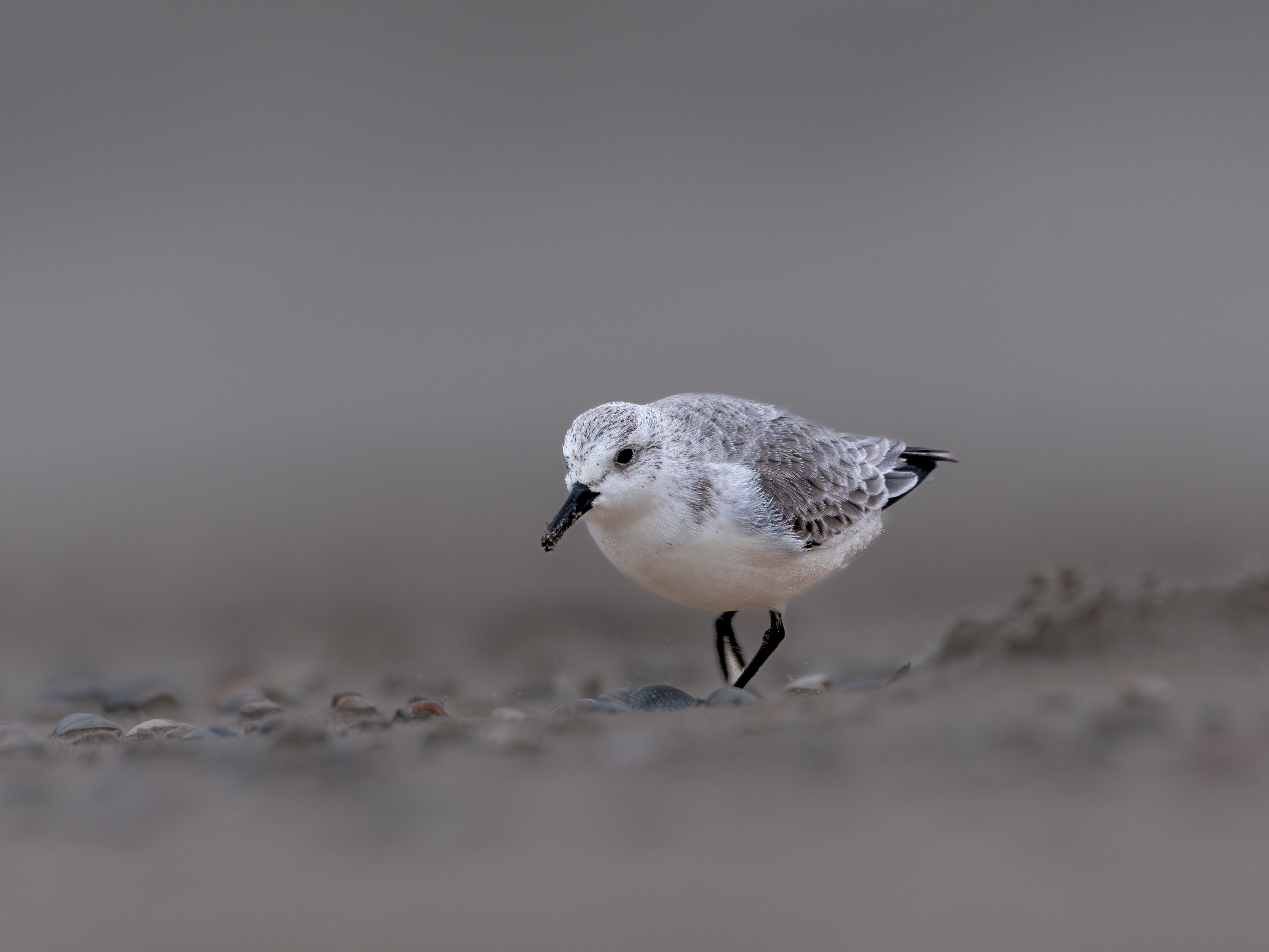
Sanderling
You cannot but smile when you see these cute little birds running up and down the waves like wind-up toys. They are one of the most widespread shorebirds in the world, you can find them on just about any beach or coast on any continent.
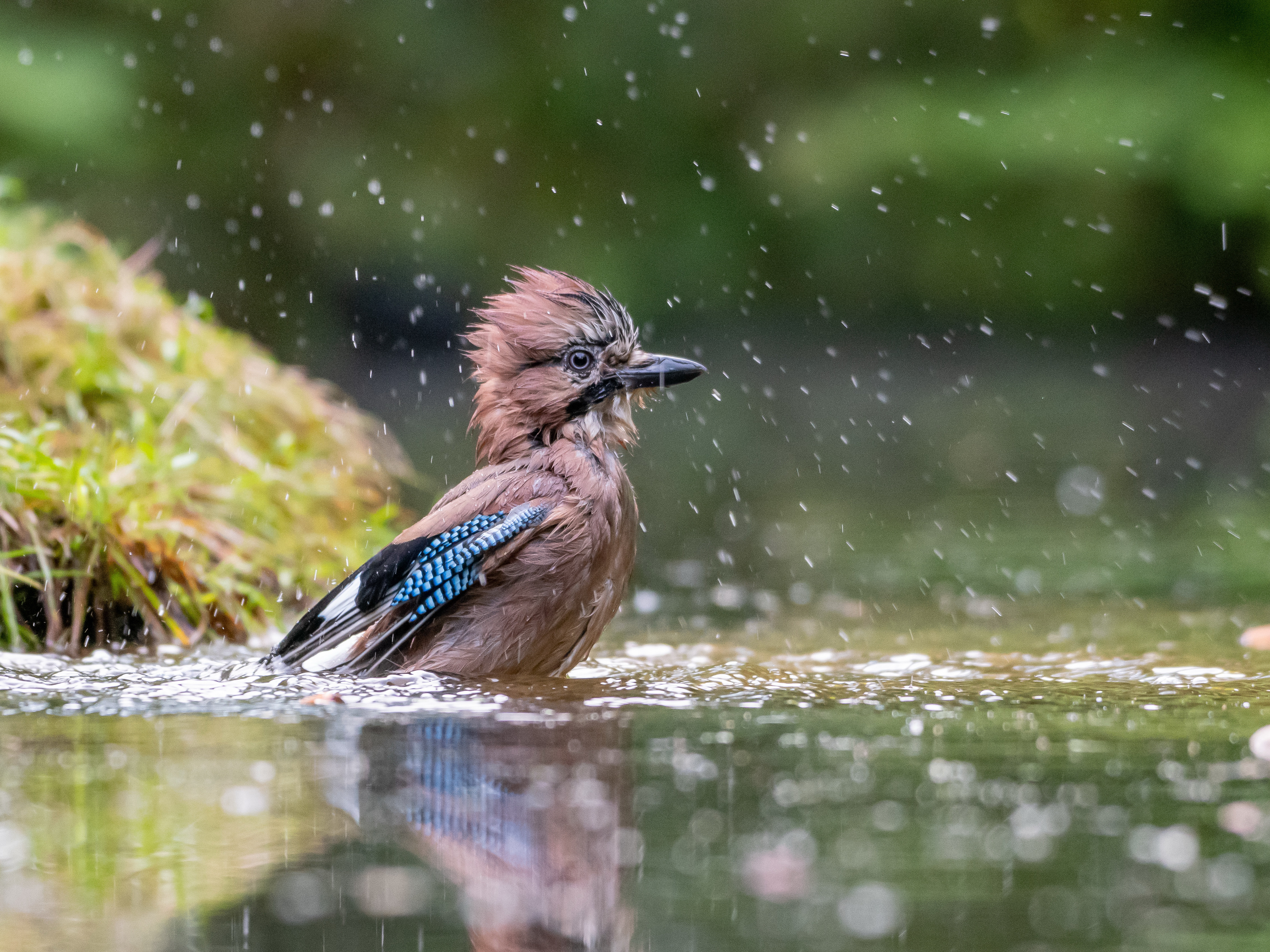
Jay
A jay is the most colourful member of the crow family, but very shy and therefore often hard to see. Their favourite food are acorns, which they hide for leaner times. It is said that forgotten snacks have caused the rapid spread of oaks after the last Ice Age.
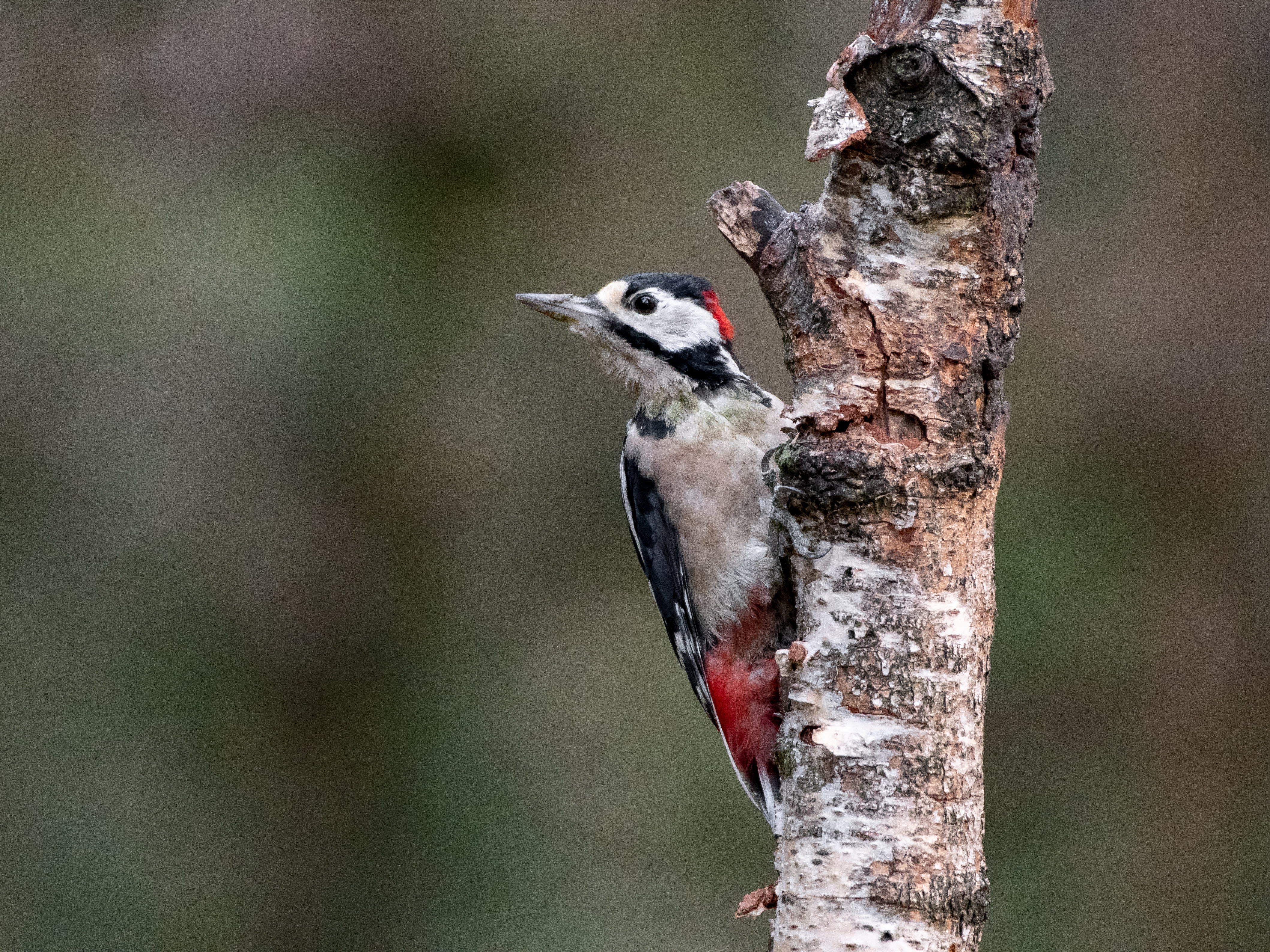
Great spotted woodpecker
The drumming of a woodpecker can be heard from off the end of winter. Woodpeckers don't get brain damage or headaches from pecking. Their skulls are designed to absorb shocks and have inspired engineers to design better sports helmets and padding.
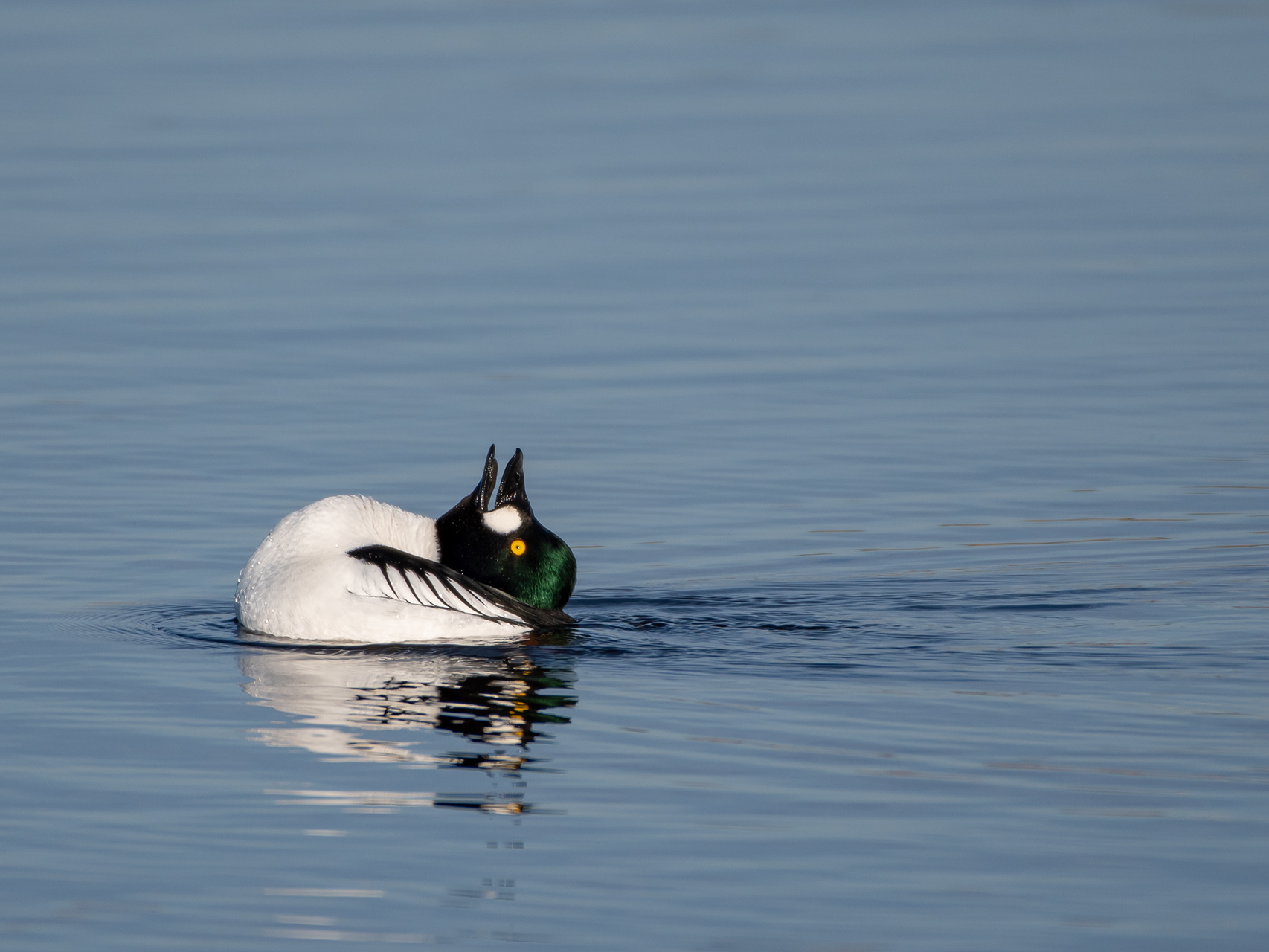
Common Goldeneye
The Common Goldeneye is one of the most beautiful ducks seen in winter. Their radiant amber eye has given the bird its name. The spectacular spring courtship display, the Head-Throw-Kick, is a sighting that never bores.

Godwit
The Godwit is Holland’s national bird. As a meadow bird par excellence it is the icon of the Dutch polders and the harbinger of spring. Sadly, due to agricultural intensification, their numbers are rapidly decreasing.

Kingfisher
This exotic looking bird is a popular model for many nature photographers. Contrary to what his name in Dutch suggests (IJsvogel, translating as Icebird) kingfishers are very vulnarable in winter. Severe winters have decimated the population.
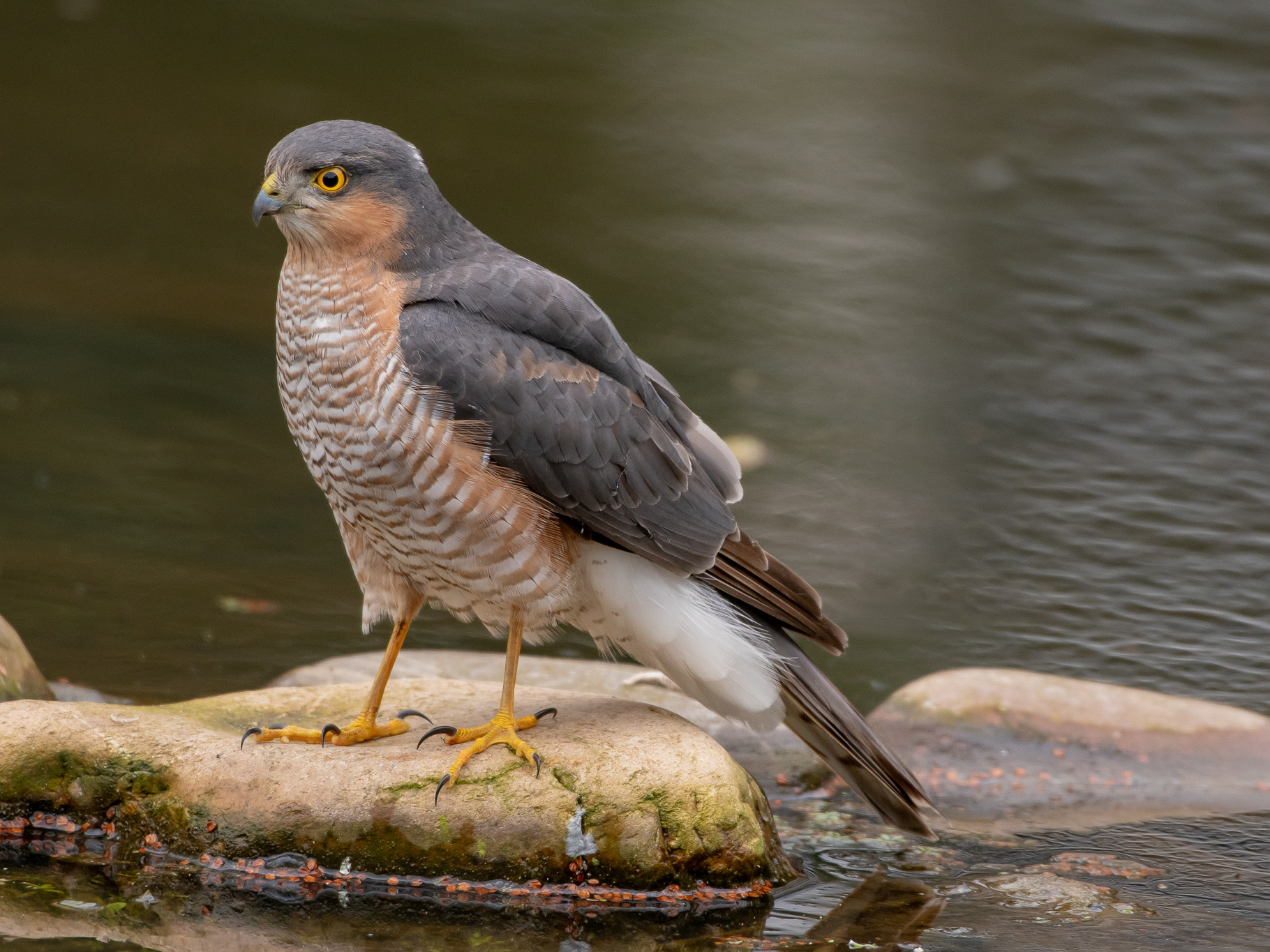
Sparrowhawk
Whenever you see a bird of prey in a city garden it is almost always a sparrowhawk. Moreover, studies have prooved that city sparrowhawks are more successful in breeding than their cousins in the countryside.

Northern gannet
Like other seabirds, northern gannets take several years to attain adult plumage, going through various stages of mottled dark-and-white plumages before becoming pure white with black wing-tips at four to five years of age.
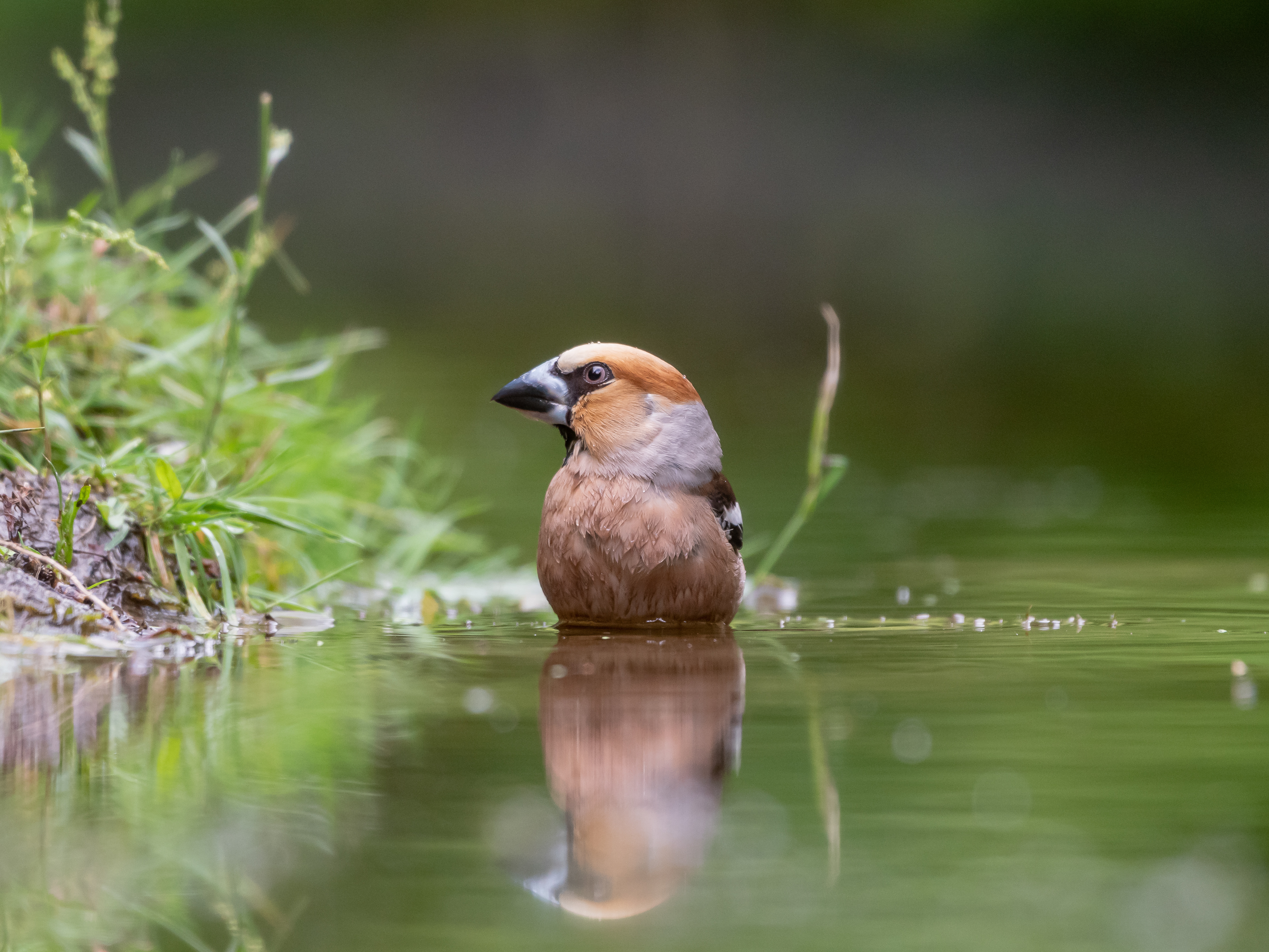
Hawfinch
Hawfinches are difficult to spot because they are extremely elusive, spending a lot of their time hidden high in the forest canopy. With their big powerful bill they can easily crush a cherry stone.

Greater flamingo
“You are what you eat”. The beta carotene in shrimps give them their pink colour and the more they eat the pinker they become. Although it is more and more normal to even spot a Greater flamingo in the Netherlands, these pictures were taken in Lesbos where flocks of flamingo's feed in the Kalloni salt pans.
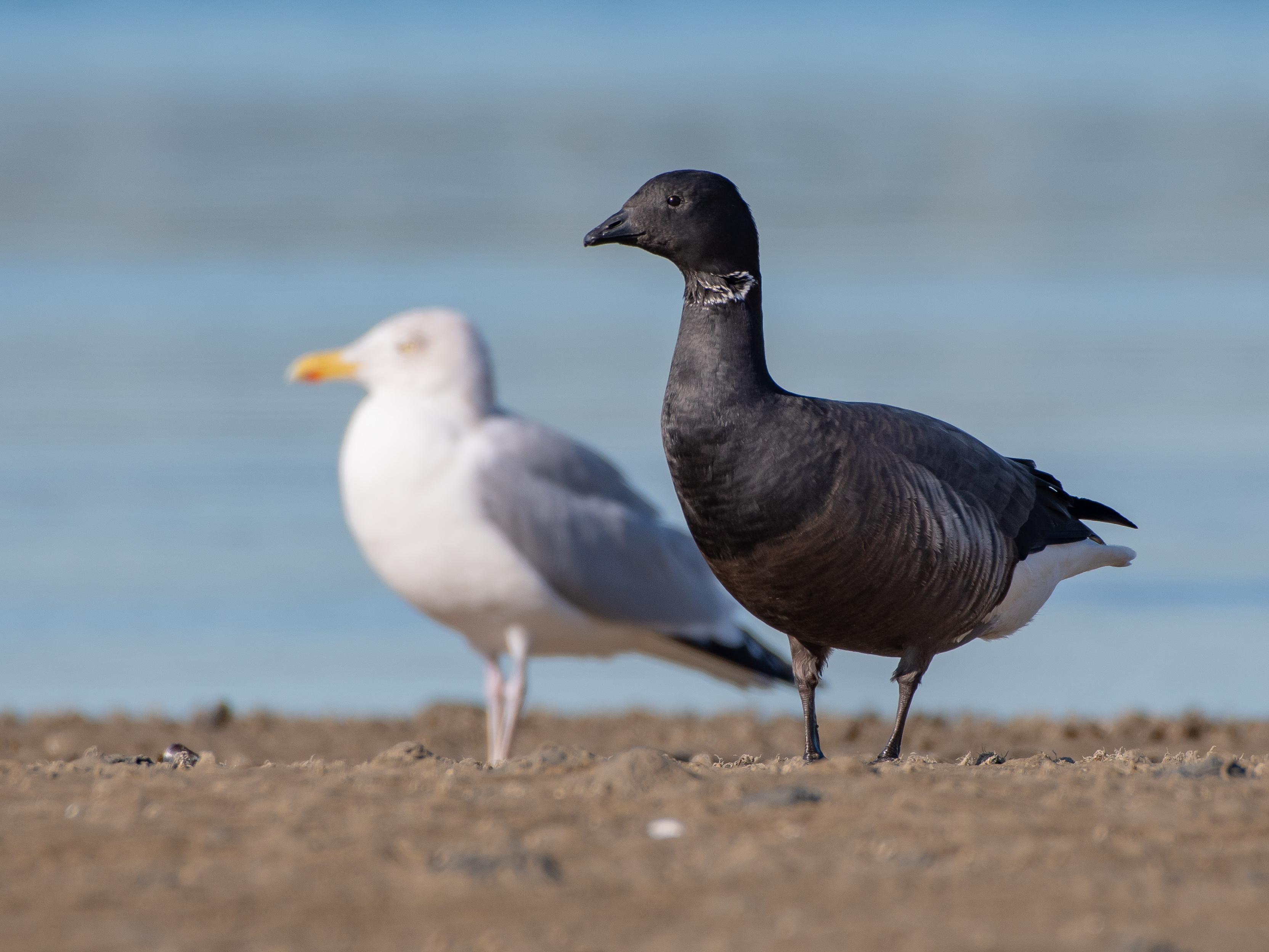
Brant Goose
A distinctive fact about Brant geese is that they don't migrate in V's like Canada or Greylag geese or in straight lines like Snow geese. They fly in unorganized groups.
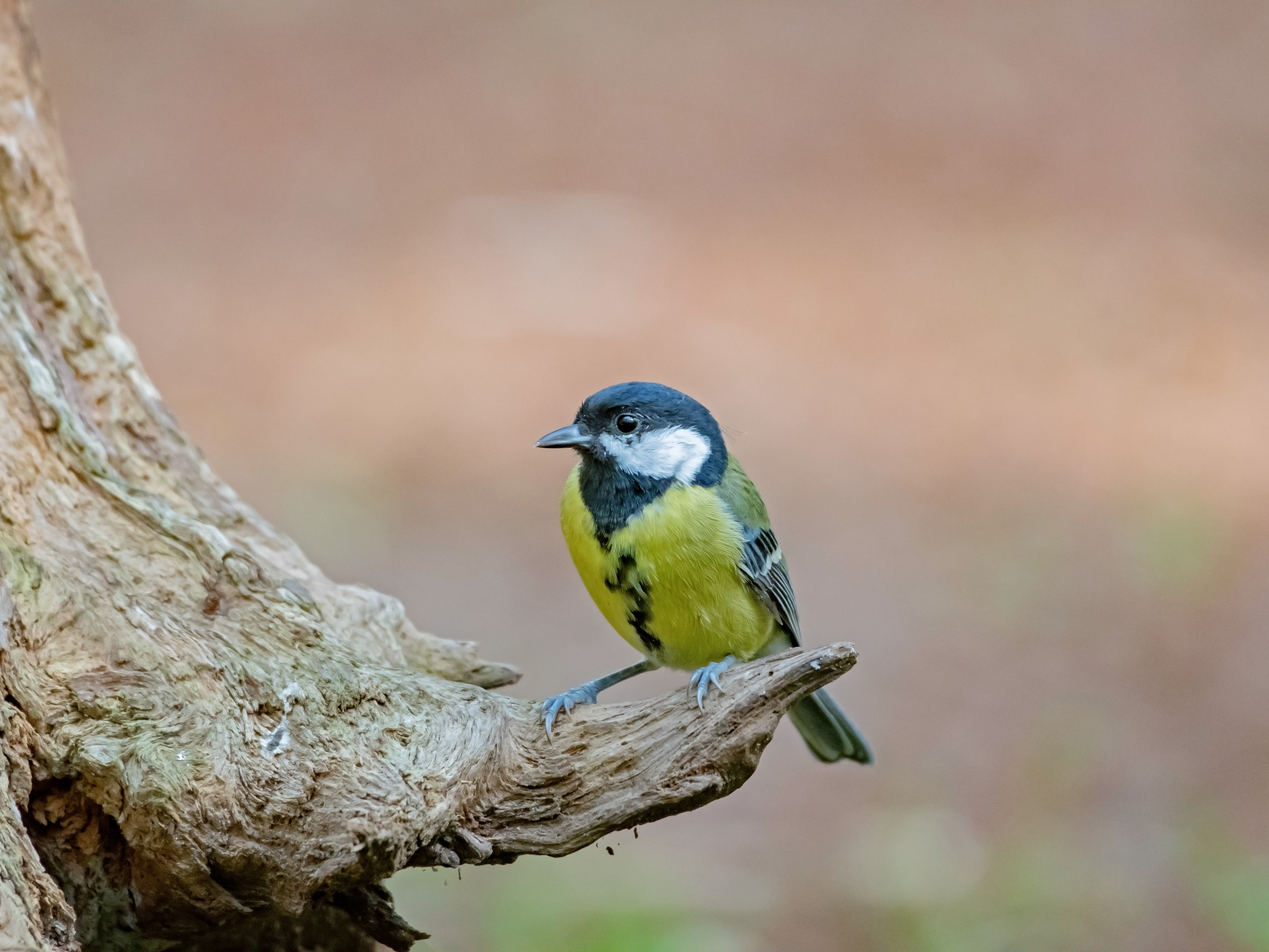
Great tit
The most common and well known of all. Even the most layman birder can identify the great tit. But not everybody knows that they have an astonishing musical repertoire, well over 70 different calls and songs. If you hear a bird song you can't recognise there is a good chance it’s a great tit!

Tawny owl
For centuries, owls have had a significant symbolic role in many cultures. They depict wisdom, good luck, death and misfortune. The most common owl in Europe is the Tawny owl. The mysterious hooting call of the male, 'hooo hu huhuhuhooo' is associated with with bad luck and death.
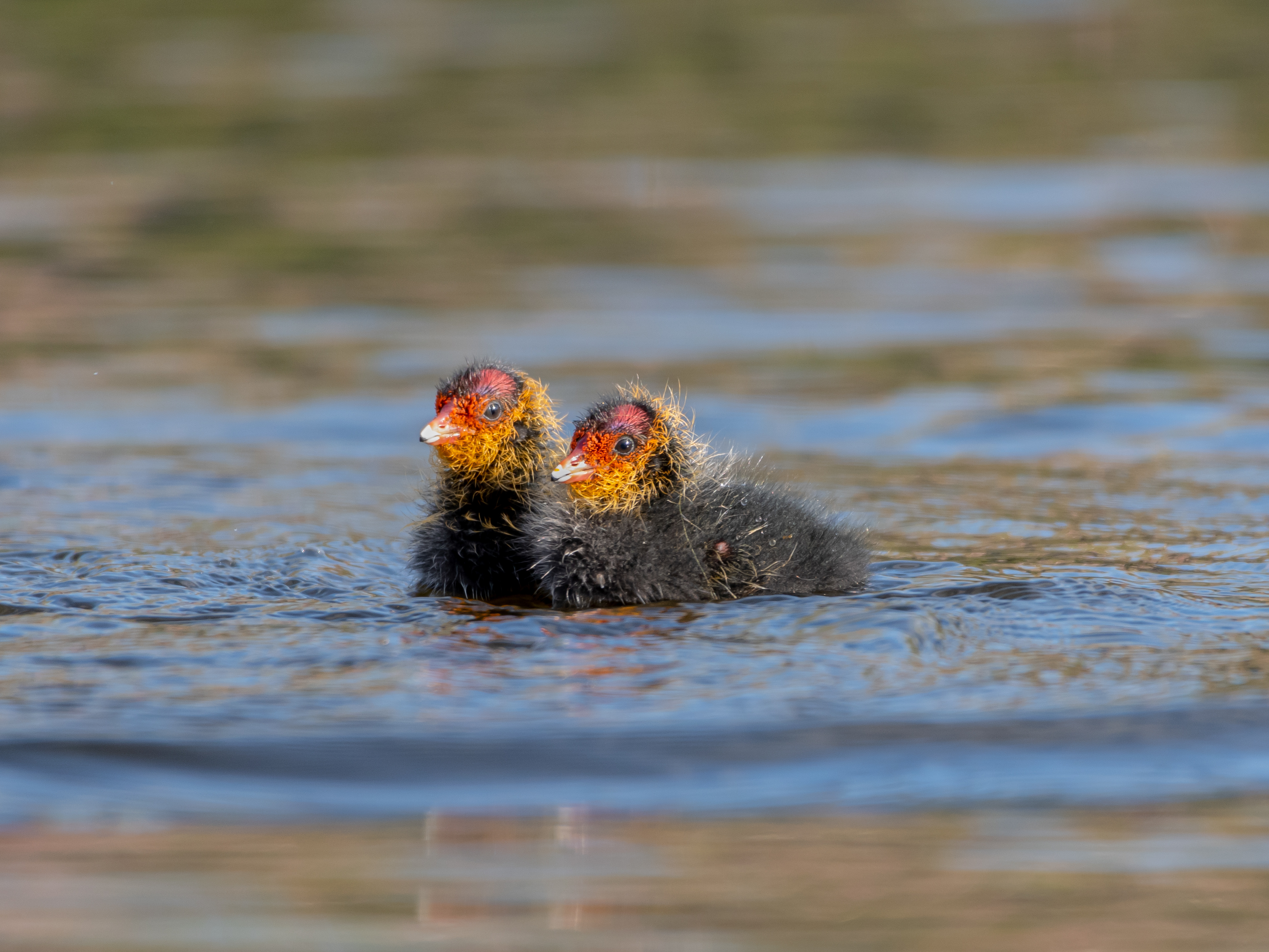
Coot chicks
Coot chicks are about the fanciest baby birds in the world. In contrast to their rather dull coloured parents, they have outrageously bright orange and red feathers and beaks. Recent studies showed that the colour predicts which one the parent chooses to feed, so the ornamentation may serve as a signal to tell them which chick needs the most help.
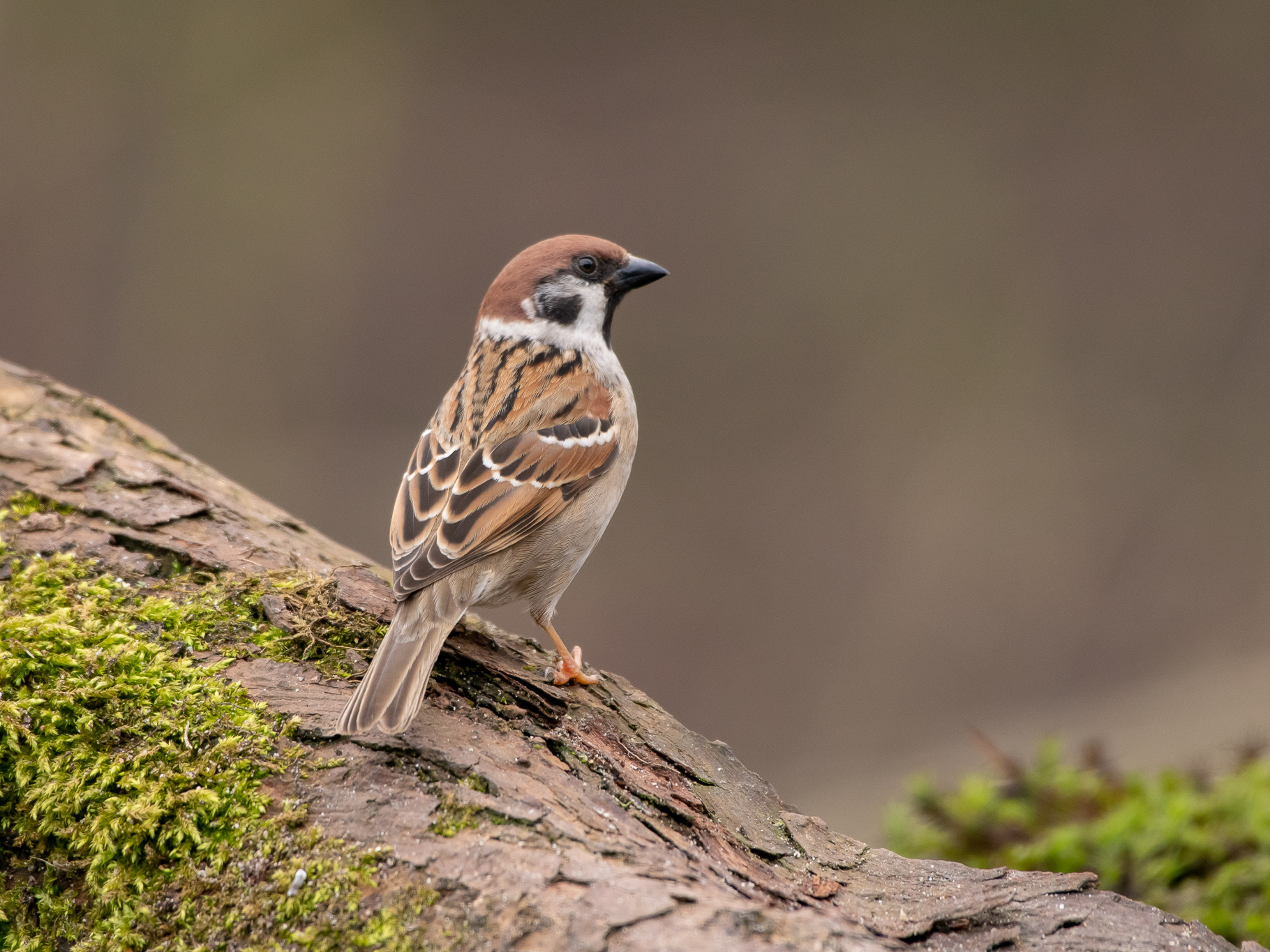
Eurasian Tree Sparrow
With its fifty shades of brown the Eurasian Tree Sparrow is an inconspicuous beauty. Male and female look alike. Unlike the House sparrow they are not often seen in urban areas. They prefer farmland and country habitats and nest in colonies in holes in trees, farm buildings and nestboxes.
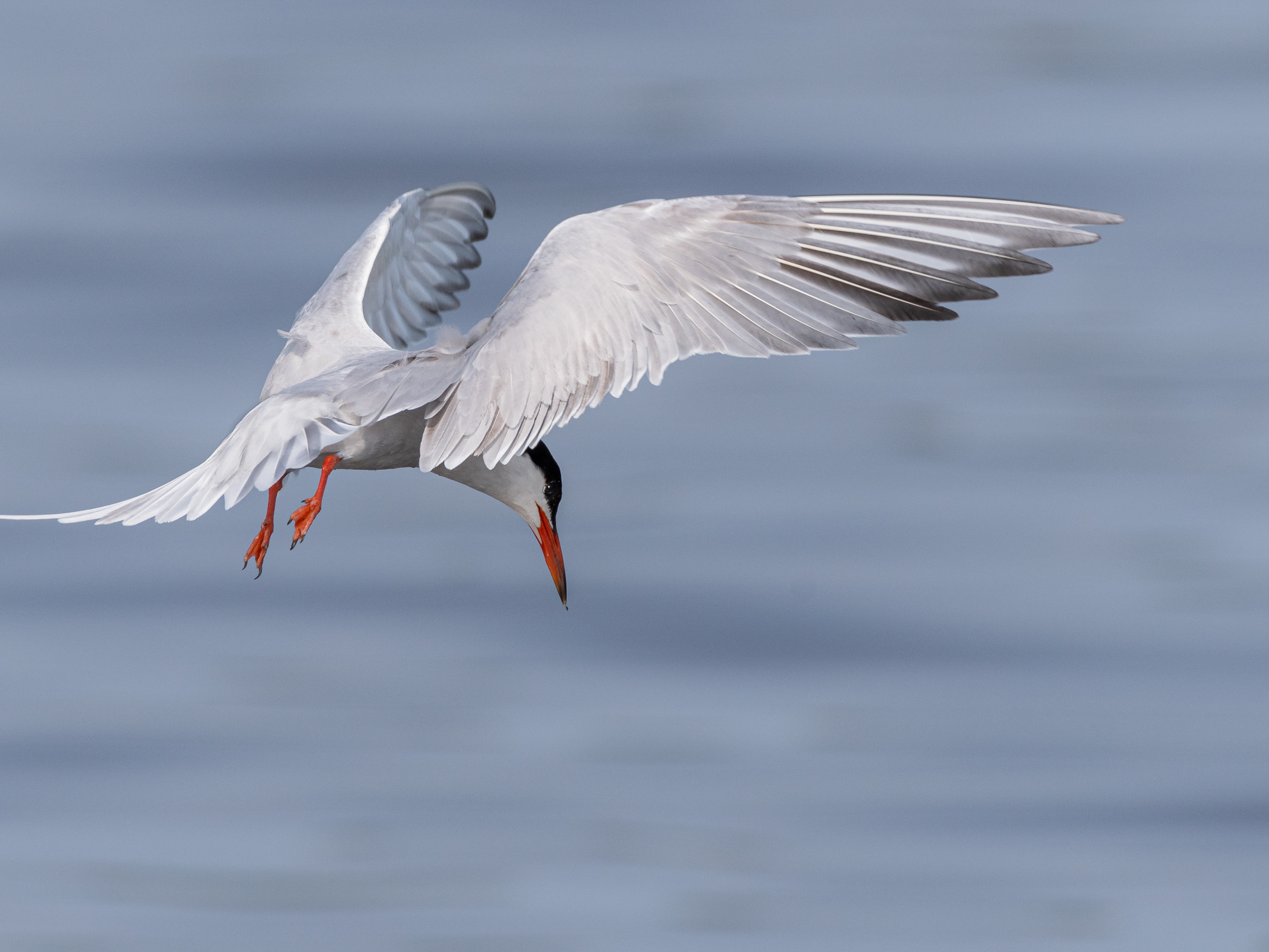
Common tern
The elegant silvery-grey and white Common terns are nicknamed 'sea-swallows', because of their long tails. They breed in noisy colonies, flying back and forth bringing fish to their spouses and young. I have spend quite some hours watching their graceful behaviour praying above the water and suddenly diving in to catch a small fish. At the end of the breeding season, when the young are well fed, they fly back to Africa to overwinter.

Common Stonechat
When walking through the dune area in Holland the sound of the Stonechat is umistakable, like two stones being tapped together. They are a photographer's delight, the way they perch on branches or posts. In these pictures the male birds show their beautiful black and red breeding plumage .
